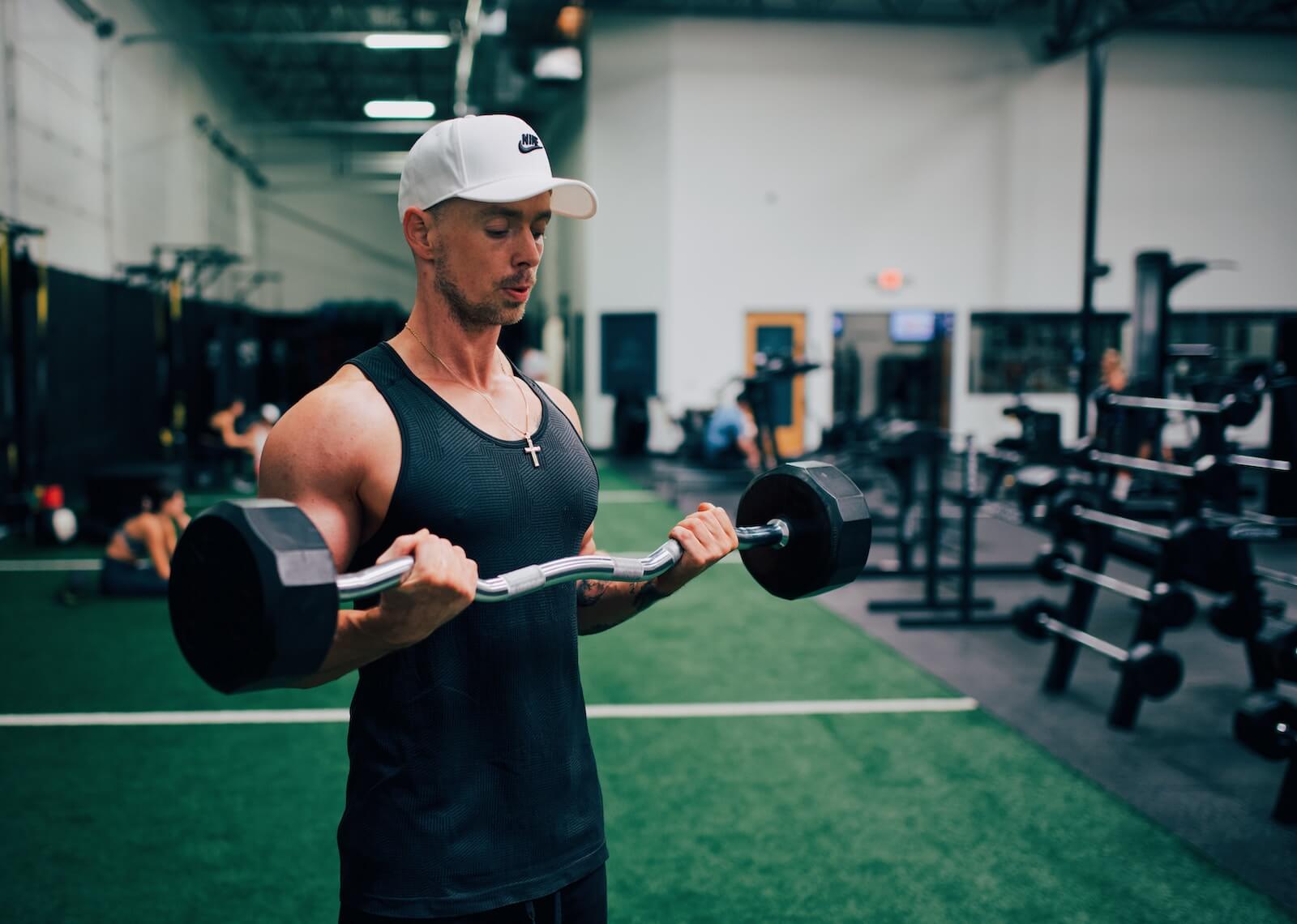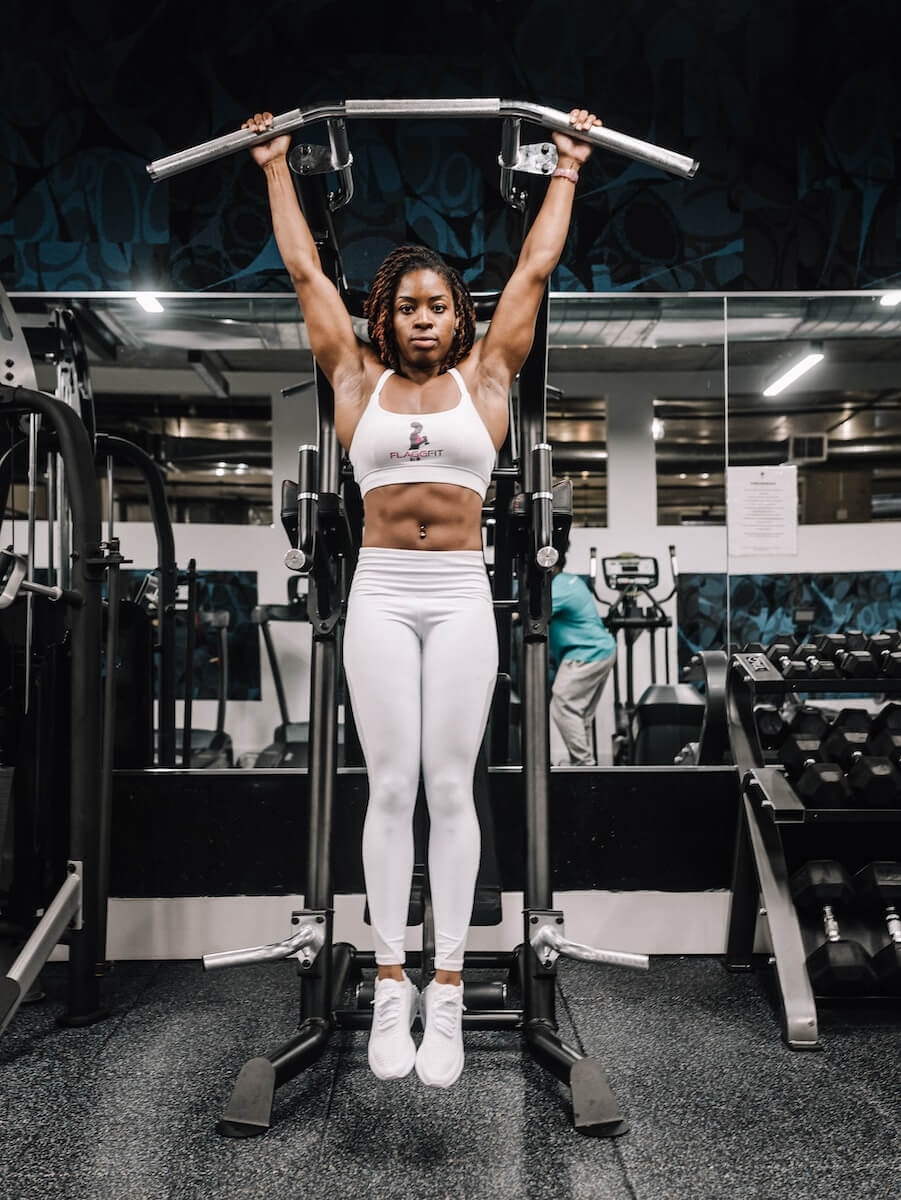As a personal trainer for over 16 years, I get asked the same fitness questions time and time again. One of the most common I hear is: “Why has my progress stalled?” People who go to the gym and begin a weight training routine want results, that’s not unreasonable; and though exercise plateaus are frustrating, there are plenty of things you can do to kickstart momentum again for faster results.
The human body is tricky; it adapts to stimuli rather quickly. Much like a diet, a fitness program provides results for only so long before things need to be altered, and those things are called exercise, or training, variables. In short, to continue to reap rewards from your weight-lifting regimen, you likely need to shake things up when your body begins to adapt.
There are numerous training variables that you can manipulate to spark progress, but here we’ll focus on three that are sure to keep the results coming.
Variable 1: Eccentric-Focused Tempo Training
You pick things up, you put them down. You’ve heard the saying, but there’s a missing word in that statement if you want to boost results. You pick things up, you put them down — slowly. Yes, the “other” side of a lift, the eccentric, or lengthening, portion of a lift.
Most people in gyms focus on the concentric part of a lift – think curls, curling the weight up is the concentric portion of the exercise. But if you instead focus on lowering that weight back down in a slow and controlled manner, you’ll quickly see how much harder you’re forced to work.
Focusing on the eccentric side of the lift is also called “negatives.” No matter what you call it, your goal is to be explosive on the concentric side and slow and methodical on the eccentric side. If we’re talking squats, you’ll slowly descend and then explode up. A 3:1 ratio is good, meaning you lower the weight, or yourself in the case of a squat, three times slower than you lift a weight or rise.
One note, this will humble you. Plan to lessen the weight on all lifts. For even better results, pause in the stretch position with the muscle still under tension, then begin the concentric portion of the lift. You’ll also notice that this slower approach fatigues you more quickly due to added effort. You’ll likely not need to perform as many exercises as you typically would, and that benefits you in multiple ways: less time in the gym, and more importantly, less strain on your joints.

Variable 2: Use Drop Sets
Bodybuilders have been using drop sets for many years, and there’s a reason for it: they work. Start with your normal working weight on an exercise and when you come to the end of your set, immediately reduce the weight, and perform more reps. You can even do multiple drop sets. It’s a way of working past failure.
You fail at one weight, but once you lighten the load, you’re able to continue working. Genius.
Keep in mind that working to complete failure in every workout is not ideal. In fact, leaving a little in the tank at the end of the workout is a good way to continuously get stronger. But sprinkling in some sets or days where you do work to failure will enhance your results.
This method can be done on machines or with free weights. If you’re lifting alone, using machines that allow you to change weight with just the pull of a pin makes for an easy way to employ this strategy.
For free weight exercises, specifically barbell movements, any time you have to swap out plates it’ll eat up time, but it will still be effective as long as you hustle. Plan in advance if you’re doing drop sets on barbells: have the weights ready and near the bar. Rather than loading big plates, use smaller plates to get to your desired weight so that the drop set is as easy as stripping off a few smaller plates.

Variable 3: Your Effort
This, in my opinion, is the most important variable when it comes to exercise. And most things in life. You control how hard you work, or not. Too many people in gyms do not see results because they go through the motions. Things need to change for your body to change, and that includes your effort.
Exercise with purpose. I understand that none of us can go 110% in every single workout. The energy is not always there; you may not be fully recovered. But push your hardest for that day. Today’s full effort won’t be the same as tomorrow’s.
Don’t approach workouts as an item to check off a to-do list. Approach them as if you want to accomplish something, because you do — the transformation you’re looking to make.
Final Thoughts
Try manipulating one or all of these training variables and you won’t be disappointed. Keep in mind that any one of these may produce delayed onset muscle soreness (DOMS), and all three together most certainly will. This may change your recovery period, so be prepared to adjust as needed. You may need longer to recover from the new workouts. Over time your body will adapt, and then it’ll be time once again to make changes. As you evolve so too should your exercise program.

You may also be interested in:
- Which Whey Protein Powder Is Really Best For Your Body?
- Is Creatine Worth Adding To Your Workout Routine?
- When should you exercise?
